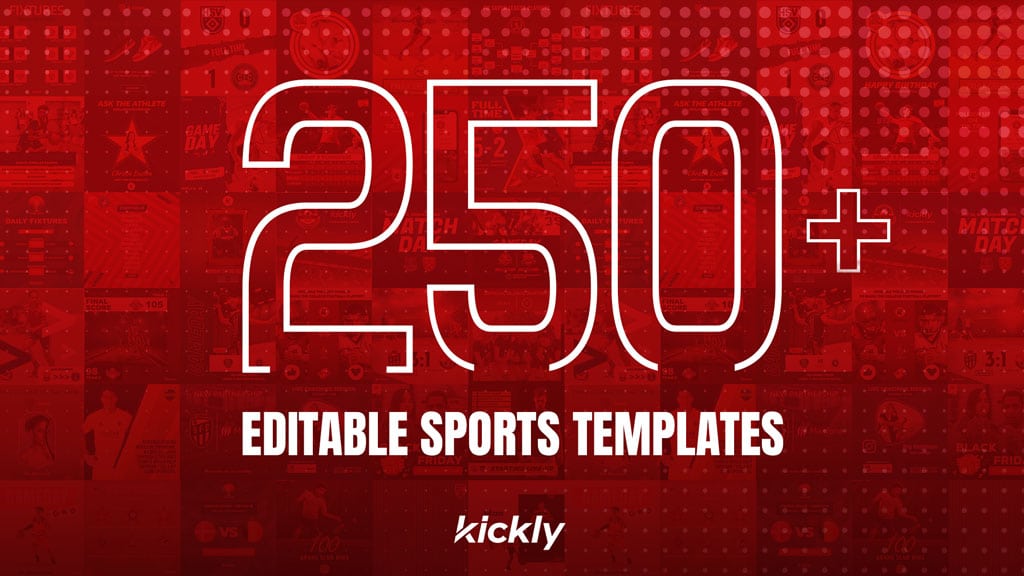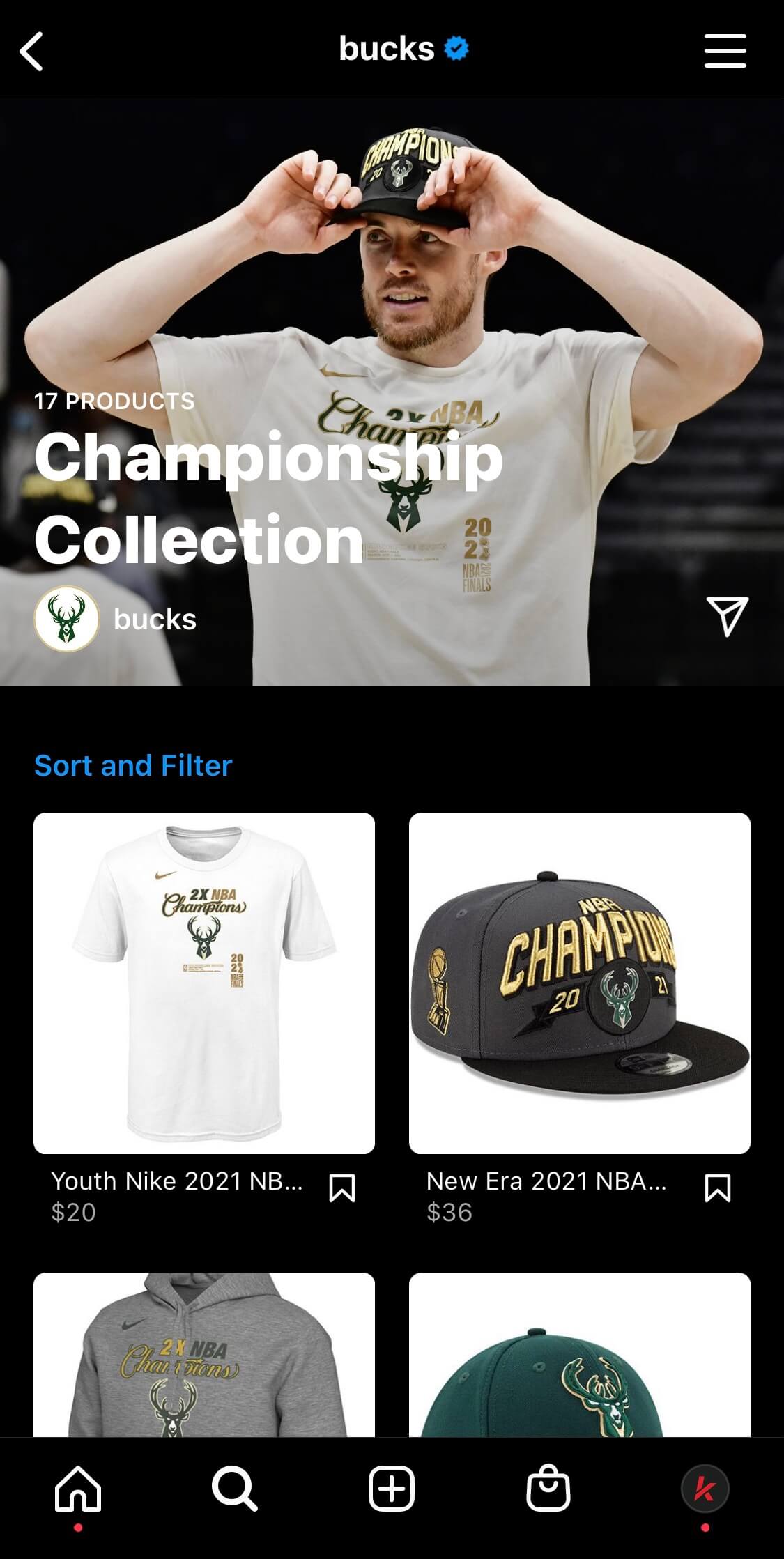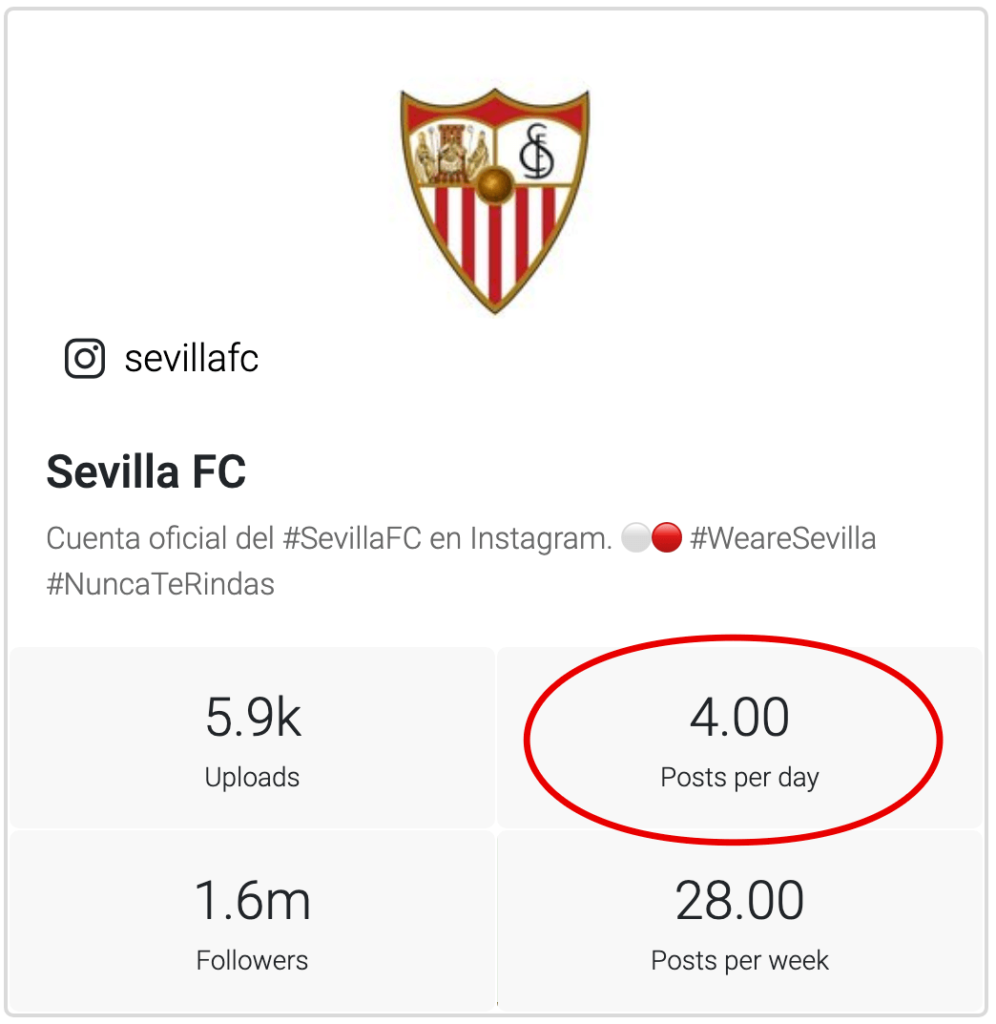In 2022, Social Media is the most powerful communication tool that sports organizations worldwide use on a daily basis. Because you want to connect with as many fans as possible, it’s imperative that you know what the next big thing is.
This year, a number of new trends will shape how sports franchises approach their social media. We at Kickly can’t wait to share these trends with you. Let’s dive in!
1. Keep it short and simple
We live in a world where time is a highly valued asset. The attention span of social media users has shortened over time and sports organizations acknowledge that. In 2022, people only spend a few seconds reading ads and stories, so it is vital that you catch their interest as quickly as possible. Although storytelling is not obsolete, you want to be short and concise in your communication. Because less is (almost always) more, keep your messages and news as easy to read as possible.
2. The power of Reels on Instagram and Facebook
The popularity of the video Reels is connected to the previous topic. The instant gratification required by social media consumers has pushed sports marketers into a new paradigm. Short videos bring the best results in terms of engagement and awareness. This means it’s critical that sports organizations begin to embrace that shift. Shots, tricks, interesting plays, beautiful goals, training drills, funny interviews – any of these can boost the profile of your club.
Video must now become a core component of any strategy, but simply hitting the “record” button is no longer enough. Video must be creative, innovative, and entertaining to stand out and get more attention.
3. Social Commerce will continue to expand
In 2022, the ability to buy products directly via social media will become easier than ever. Soon you will be able to make your apparel purchases through a simple button shown on a Reel, with a quick and satisfying customer experience. From shoppable posts to Instagram Storefronts, social networks are continuously evolving to become commercial platforms for sports clubs around the world. Most likely, powerful local brands and marketers will continue to leverage these social networks and incorporate social commerce in their sales strategies in 2022.
4. YouTube is still about long videos
Even though YouTube Shorts is a popular trend, this isn’t a way that will shape the activity on this platform. It’s not the length of the video that determines your popularity on YouTube, but rather the correct title and description for your content. Even the keywords have lost some importance, as YouTube is always trying to match content with the right audience.
Don’t be shy in producing longer materials for YouTube, where everything is about the pleasure of watching content. Nice goals scored? Jokes at the training ground? Interviews? Skills? Parties? Anything goes. Usually, sports organizations use YouTube to showcase the most important activities, like the retirement of Dirk Nowitzki (Dallas Mavericks), or insights about the players (check the Arsenal interview).
5. TikTok is the place for reaching new audiences
TikTok has solidified its place in social media and entertainment as a cultural phenomenon and will continue to dominate short-form video in 2022 in sports content. This is not just about silly dances and lip-syncing. Sports clubs can appeal to younger audiences through direct and efficient videos, that capture the pure essence of sport in a short clip: emotion, power, and entertainment.
Spartak Moscow is a great example of how you can use a TikTok account for fun and dynamic content. TikTok already has over 1 billion users and is expected to reach 1.5 billion users by the spring of 2022. This steady rise is not a fluke, but rather a good indicator of what social media is all about.
@fcsm @sscnapoli ❤️ #spartak ♬ original sound – FC Spartak Moscow
6. Augmented Reality will become more mainstream
It’s easier than ever to bring your fans closer to the action on the pitch. In 2022 social media will see a rise in the adoption of engaging technologies like augmented reality (AR) and virtual reality (VR). These will be costly but can become a differentiator in terms of marketing activities, for any organization. Remember that sports clubs can only perform financially if they have a lot of followers, so rapport with fans is essential. In time, as these types of technology platforms grow, users will demand better and more engaging experiences. AR and VR can make that happen.
7. Don’t overdo it
It’s simple as that. Social media can be tricky if you’re about volume. Good and engaging content can push you up on walls if you dedicate time to organic and viral posts, but people might get tired of seeing daily posts from your club or sports business. Bottom line: concentrate on quality posts, not on volume, and make sure you’re not spamming on social media with news, results, or fixtures.
Up to 5-6 posts on a matchday are plenty and two or three posts on other days should cover the most important events from your club. For example, Arsenal doesn’t post more than 3 times a day, whereas Sevilla “pumps” up to 4-5 posts. The same goes for Barcelona, with 5 daily posts, considering their huge fan base. We look at a random Italian club and notice that Hellas Verona only posts twice a day and the examples could go on and on.
Create Social Media content right away!
As the world becomes more connected than ever, social media will continue to play a pivotal role in the way that sporting clubs communicate with their fans. If you’ve ever had to create social media content for a sports club, you know how difficult it can be. It’s hard to find the time and energy to research, edit, and post content on a daily basis, especially when you have so many other responsibilities.

Kickly is the perfect choice for sporting club marketers to design engaging visuals, whether it’s a matchday poster or a stunning Facebook cover photo. The free version comes with more than 100 sports-tailored templates you can use to get your fans excited about the games.




